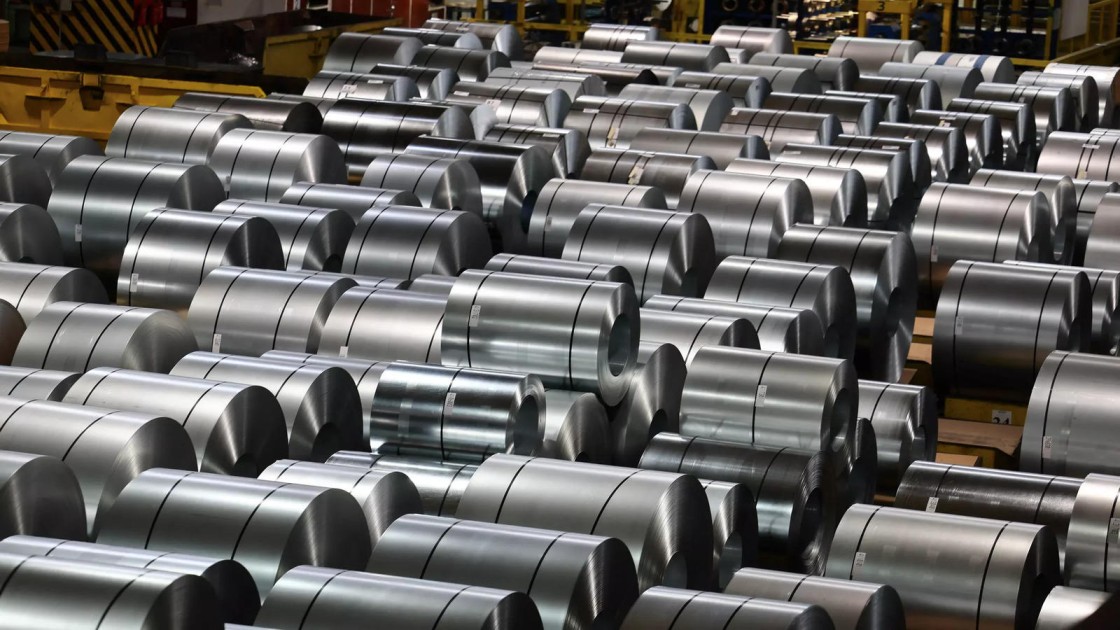India–US Trade Tensions Rise Over Steel and Auto Tariffs NMDC Limited reports a 38% drop in Q4 FY24 consolidated net profit RINL to Raise $23 Million Through Land Sales Amid Crisis

In China’s steel industry the total emissions in January-February 2024 surged by 13% compared to the same period in 2023, according to the China Steel Association (CISA). Emissions of sulfur dioxide per tonne of steel amounted to 0.19 kg/t (-12.6% y/y), smoke and dust – 0.20 kg/t (-9.7% y/y), nitrogen oxide – 0.35 kg/t (-9.1% y/y). Sulphur dioxide and particulate matter emissions decreased by 7.3% and 7.1%, respectively.
The total volume of water used by steel enterprises in January-February inched by 4% y/y – to 15.06 billion cubic meters. In particular, new water intake decreased by 0.7% y/y, while reuse increased by 4.1% y/y. The water reuse rate amounted to 98.4%, up 0.08ppt y/y.
Chinese steelmakers produced 13.7 million tonnes of steel slag in January-February, up 1.5% y/y. Blast furnace slag production increased by 1.7% y/y – to 35.99 million tonnes. The utilisation rate of steelmaking slag was 98.7% (+0.45% points y/y) and that of blast furnace slag was 97.9% (-0.18% points y/y).
Blast furnace gas production amounted to 147.81 billion cubic meters, up 0.06% y/y, BOF gas production amounted to 13.499 billion cubic meters (+10.1% y/y), and coke oven gas production amounted to 9.02 billion cubic meters (+7.9% y/y). The blast furnace gas utilisation rate was 98.9%, up 0.4% points compared to January-February 2023, BOF gas utilization rate was 98% (-0.15% points y/y), and coke oven gas utilisation rate was 98.7% (+0.32% points y/y).
China increased steel production by 0.6% in 2023 compared to 2022 to 1.019 billion tonnes. Thus, the downward trend in the country’s steel industry has stopped after two consecutive years of declining production.
Last year, the Chinese authorities did not introduce restrictions on steel production in line with ambitions to reduce CO2 emissions, which helped to increase the volume of smelting and the revenue of local steelmakers. At the same time, in 2021-2022, the downward trend in the industry was supported by appropriate restrictions. Thus, for 2023 emissions increased by 7.8% y/y.
Also Read : Miners urge govt not to impose export duty on low-grade ore Global steel production rises by 0.5% in June